This study, suggests that rethinking "scenario planning", becomes highly important not only because it represent a research emerging gap in form of seeking a conceptual framework allowing a clear methodology for expanding scenario planning contribution, but also because scenarios represents a scientific alternative while traditional forecasting is in its decline stage Thus scenarios Scenario planning is a process pioneered by the US military, which today runs exercises looking up to years out to guide R&D efforts For businesses, scenario planning enables decisionmakers to identify ranges of potential outcomes and estimated impacts, evaluate responses and manage for both positive and negative possibilitiesOrganization without prior written approval from McKinsey & Company This material was used by McKinsey & Company during an oral presentation;

Scenario Planning Mapping Online Software Tools Templates
Scenario planning framework mckinsey
Scenario planning framework mckinsey- Organizations are applying scenariobased planning approaches to manage the uncertainty We use cookies essential for this site to function well Please click "Accept" to help us improve its usefulness with additional cookies The concept of Scenario Planning is not new, Shell has been using scenarios for over 40 years and here is a link to what they think may happen to 25 It is a structured way for organisations to think about the future These scenarios are meant to help us recognize and adapt to changing aspects of our present environment
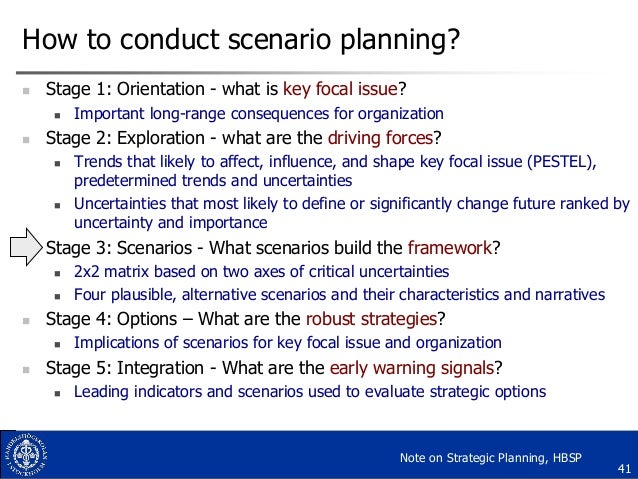



Scenario Planning Mini Course Teigland
We have observed a sharp increase in the number of organizations applying scenariobased planning approaches to manage the uncertainty of the current situation and ensure they have sufficient cash reserves In a recent McKinsey survey with CFOs of leading companies, 90 percent of respondents indicated using at least three scenarios to support their planning 1Living in the Futures Summary Reprint R1305K In 1965, a time when quantitative, computerdriven planning was very much in vogue, Royal Dutch Shell started experimenting with a— Bernardo S Sichel The McKinsey Quarterly recently published an article on scenario planning ( The use and abuse of scenarios – Nov 09 ), describing the power of scenarios (eg expands our thinking, challenges conventional wisdom, protects against groupthink,) plus some do's and don'ts (eg develop four scenarios, develop a broad set of outcomes, don't chop
Scenario and Contingency Planning allows management to pressuretest plans and forecasts, and equips the company to handle the unexpected Key steps in a Scenario and Contingency Planning process are Identify the current assumptions and thought processes of key decision makers Develop action plans based on either the most promising solutions Scenario planning helps businesses to lay out the possible alternative futures and anticipate them Businesses are typically a unique combination of a complex chain of contingent events and impacts Quantifying the impact of different scenarios that are potentially ahead of your organisation helps to find direction and take objective decisionsMcKinsey Value Chain As you can see in the graph below, it consists on different activities analysis' describing a certain company behavior;
Scenario planning The future impact of COVID 19 is impossible to predict, and there are currently huge levels of uncertainty, making planning very difficult Scenario planning is a technique widely used in business, civil society and the military to imagine what could happen, and to explore what different pathways into the future could look likeThe McKinsey 7S Framework is a Tool that describes a global picture of a Company or Business, according to 7 Elements This global picture can be used for different purposes Tracking the evolution of the company over time Better organize the actions to be taken Scenario planning begins with intelligence gathering to understand and define a strategic problem A planning team identifies emerging trends and potential disruptions that may affect the business The output is typically a long list of trends, along with a highlevel assessment of each trend's potential impact




The Uncertainty Cube Can Help Business Leaders Project Meaningful Scenarios For Post Covid Planning Mckinsey




Strategy Under Uncertainty
Scenario Planning is a Strategy branch that focuses on the Global economy in order to find out what is about to come and what the world will look like By properly choosing 2 variables and defining their boundaries, you'll be able to categorize any potential scenario Among the infinite valid variables you may find, we propose youMcKinsey, Scenarios and Us By Patrick Marren The November 09 issue of the McKinsey Quarterly includes an article by Charles Roxburgh entitled "The Use and Abuse of Scenarios" It includes a number of good tips about scenariobased strategic planning, based on his experience in building scenarios over the past 25 yearsSo McKinsey partners detailed nine different scenarios for a postpandemic nation Variables including the US' public health response, bankruptcy rates, job
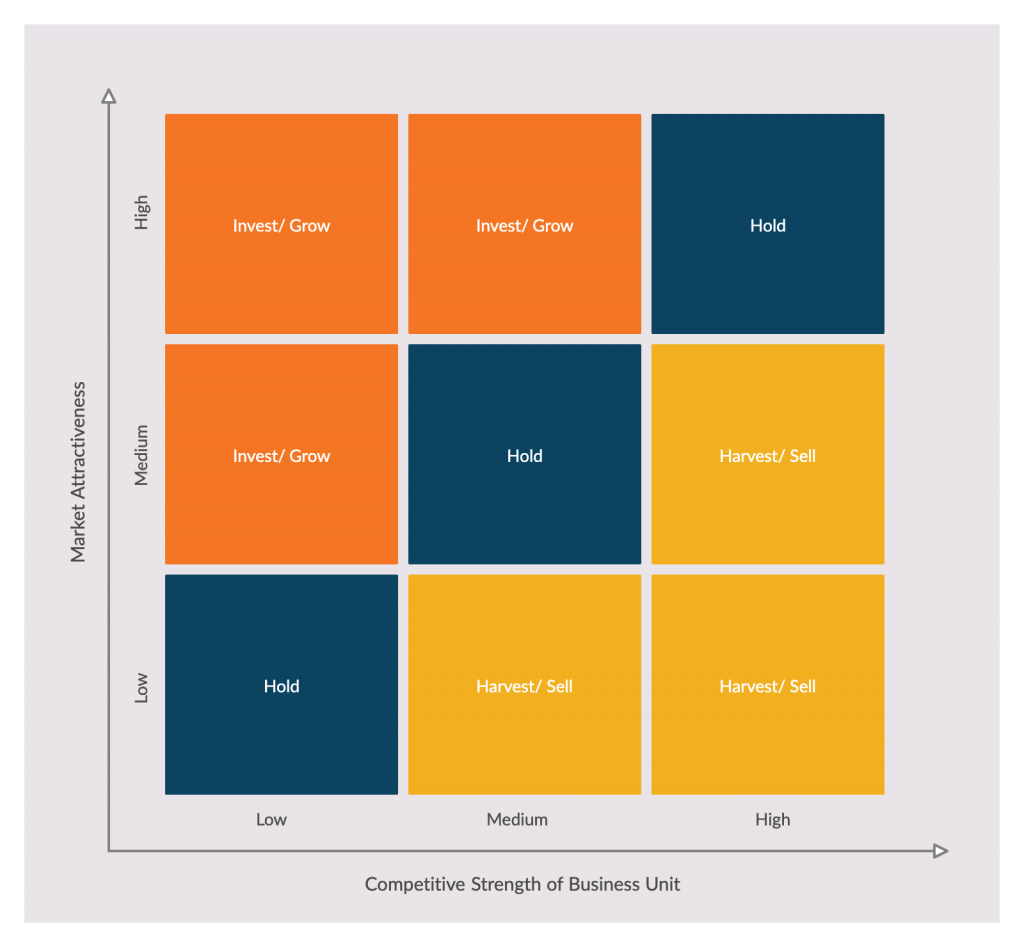



The Top 7 Strategy Frameworks For Businesses With Editable Templates
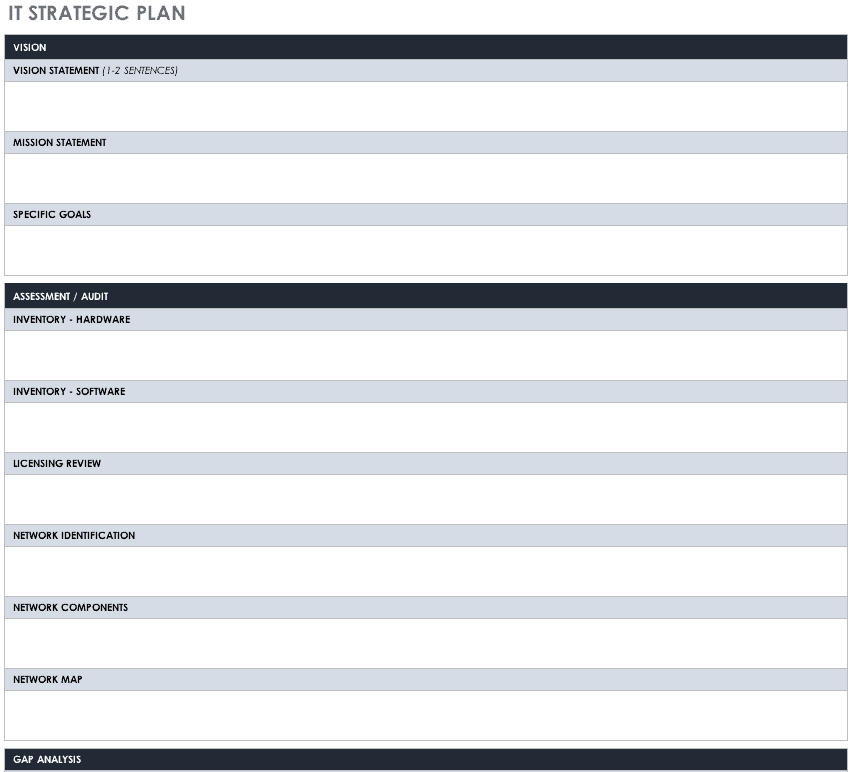



Strategic Planning Frameworks And Models Smartsheet
1 day ago Description Developed in a 1999 book called "The Alchemy of Growth" by Mehrdad Baghai, Steve Coley and David White of Consulting Firm McKinsey & Company, the 3 strategic horizons model is a corporate growth strategy framework to articulate the tension between focusing on current performance and maximising future opportunitiesProposals will continue to evolve, including "Medicare for All," "Enhanced ACA," or other alternatives, which make uncertainty high and require scenario planning However, a few common elements will also continue to be true, such as guaranteed issue without medical underwriting, catastrophic coverage for all, meanstested subsidies, and a managed care model withIn a recent interview conducted by the McKinsey Quarterly with Nassim Nicholas Taleb (Taking improbable events seriously an interview with the author of the Black Swan – Number 1, 09), the author shared some less than flattering views on scenario planning and other prevalent financial and management techniquesThis interview prompted a response from a well respected
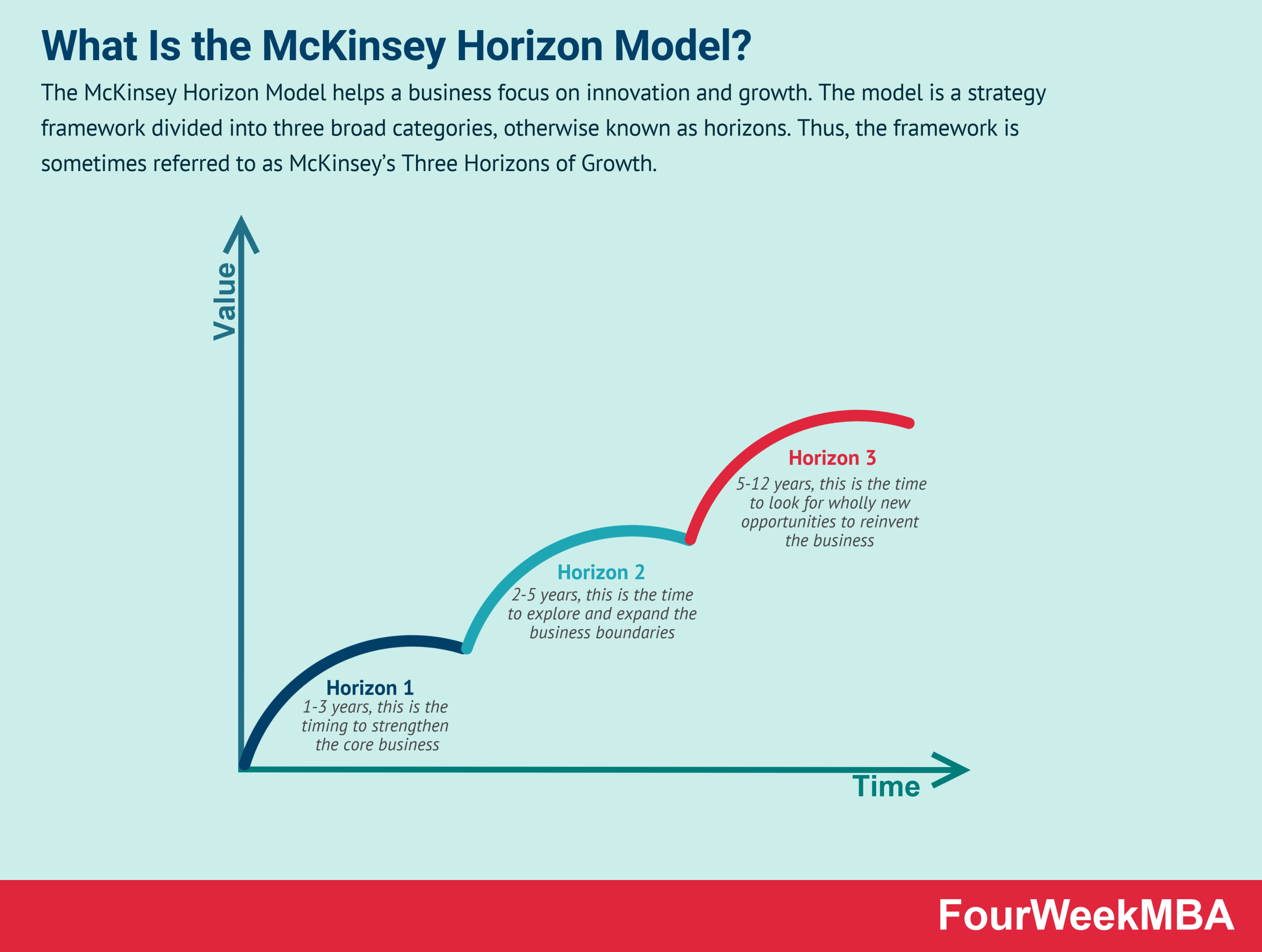



What Is The Mckinsey Horizon Model And Why It Matters In Business Fourweekmba




Decision Making Techniques For Business People Fourweekmba
A conceptual framework to guide the execution of strategy In this guide, we'll walk you through the 7S of the McKinsey Framework and how to apply it to evaluate and improve performance McKinsey 7S Model Definition The McKinsey 7S model is one of the most popular strategic planning tools Businesses commonly use it to analyze internal Scenario Planning, also called Scenario Thinking or Scenario Analysis, is a method used in the strategic planning process to help businesses make flexible longterm plans This document describes a 9phase process for Scenario Planning, and shows how to apply this process to a workshop environment Many organizations conduct offsite Scenario PlanningIt is not a complete record of the discussion Client workshop document (release ) Revised March 1999 STRATEGIC PLANNING BEST PRACTICES AND BEYOND WORK IN PROGRESS Eric Beinhocker DC Sarah Kaplan NY




Strategic Planning Process Key Frameworks And Tools 79 Slide Powerpoint In 21 Strategic Planning Strategic Planning Process Scenarios
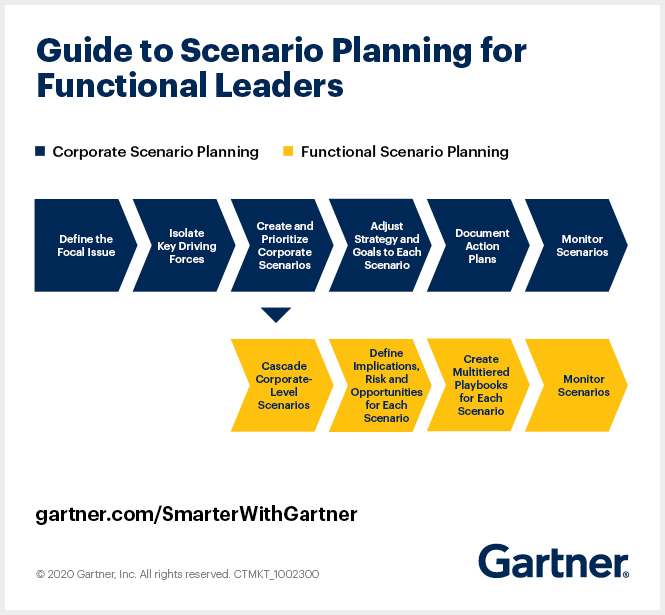



What Functional Leaders Should Know About Scenario Planning
The McKinsey 7S framework was developed by two consultants working for McKinsey & Company in the early 1980s The authors believed that traditional organisational change models placed too much focus on structure and strategy, and the consequences of this were that other important elements of organisations were being neglectedScenario planning can broaden the mind but can fall prey to the mind's inner workings Here's how to get more out of planning efforts Article from mckinseycom Overcoming obstacles to effective scenario planning The Dos and Dont's of scenario planning by McKinseyIn a rapidly changing environment, scenario planning becomes essential to finance teams as they assess a wide array of possible outcomes, forecast cash and liquidity, and make iterative forecasts Frequent modeling of rangebased scenarios helps organizations stay agile and develop alternative strategies to deal with a variety of ways in which the postcrisis world might evolve
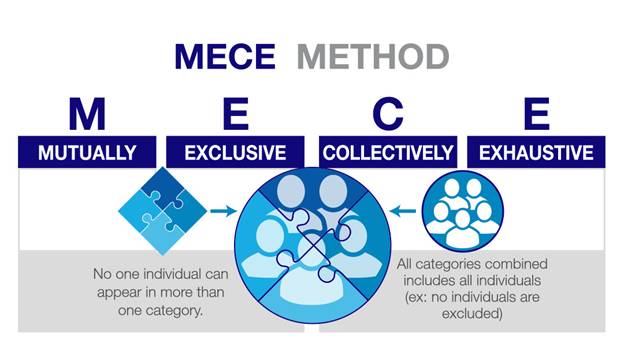



Mece Mutually Exclusive Collectively Exhaustive Caseinterview



Strategic Planning Frameworks And Models Smartsheet
Four potential scenarios and implications for the year ahead The COVID19 pandemic challenges business leaders to stabilize amid a crisis and prepare for a newly uncertain future These economic case scenarios inform short and midterm strategic, operational, and financial planningScenario planning is run following a logical sequence of steps, which are actually the same in every single study Step 1 – "Brainstorm" major issues impacting the sector The first step of the scenario planning exercise is to sit down with the executive team and For the Dutch Central Planning Bureau's wideranging global scenarios, see De Jong and Zalm (1992) 6 For connecting scenario planning to project evaluation, using Monte Carlo simulation, see PJH Schoemaker, "When and How to Use Scenario Planning A Heuristic Approach with Illustration," Journal of Forecasting 10 (1991) 549–564



1
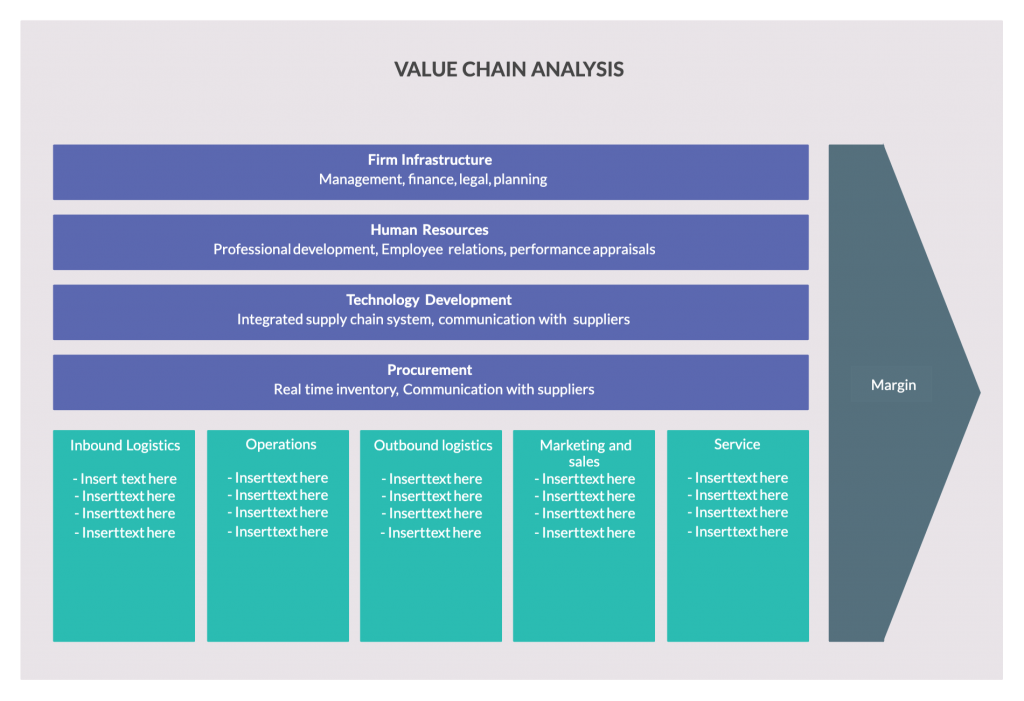



The Top 7 Strategy Frameworks For Businesses With Editable Templates
Models of organizational effectiveness go in and out of fashion, but the McKinsey 7S framework has stood the test of time The model was developed in the late 1970s by Tom Peters and Robert Waterman, former consultants at McKinsey & Company They identified seven internal elements of an organization that need to align for it to be successfulScenario planning is often used in conjunction within larger decisionmaking and planning frameworks such as strategic planning, project prioritization, and comprehensive plans Depending on how it is used, scenario planning can be useful to these projects in different ways, such as improving the analysis of key uncertainties, reframing problems, or incorporating considerationsThe use of mckinsey's 7 s framework as a strategic planning and economic assestment TOOL IN THE PROCESS OF DIGITAL TRANS FORMATION DOI /Pressacademia




Managing The Strategy Journey Mckinsey




Management Consulting Scenario Planning Scenario Analysis Strategic Thinking Youtube
Scenario Planning Scenario planning involves creating and brainstorming around possible future scenarios and understand how they would affect the objectives of the company It helps companies develop effective strategies and adapt them where necessary, by considering the impact and discussing the responsesScenario planning is a technique that could give us a headstart by exploring how unknown forces may play out and how well prepared our organization is to withstand them (see About Black Swans and Scenario Planning Can't we all get along) We need to An important exercise used in strategic planning is scenario planning techniques business case framework Scenario planning is also called scenario thinking and scenario analysis Most times, the scenario planning process is performed in an off site workshop environment, whereby decision makers, clevel members, subject matter experts, and third party



Top 10 Frameworks You Have To Know To Develop A Successful Strategy



Mckinsey S Note To Clients On Coronavirus Pandemic Response
The GEMcKinsey Matrix is a tool that helps companies decide which of its Business activities are worth investing into It uses 2 variables for doing so Industrial Attractiveness Competitive Strength The result is 9 potential scenarios with 3 main approaches A Invest scenario A Maintain scenario A Divest scenarioMore particularly, what characterize the operations generating value to the final product Sometimes this tool is employed to describe average industries/companies instead of a particular oneOne approach to this dilemma is scenario planning Scenarios are alternative descriptions of the future They embrace uncertainty Instead of trying to reduce uncertainty to a single most likely forecast, scenarios try to identify the major forces driving change and the key uncertainties that lead to a wide range of possible future outcomes




Covid 19 Scenario Planning Is Your Business Best Defense Against The Coronavirus Apliqo




Scenario Based Cash Planning In A Crisis Mckinsey
"Think of models as a way of ideating strategy A model is a template You use it at the beginning of the planning process The idea behind a model is to tease out the ideas," says Tom Wright, CEO and CoFounder of Cascade Strategy, a software company based in Sydney, Australia, with offices all over the world"Frameworks are like a lens to help you see differentIn April , we published a set of nine scenarios as part of our economic model and surveyed thousands of global business executives about their economic outlook Our latest survey finds greater optimism about the economy and corporate prospects than at any time since the crisis began—and on a few fronts, more than in the past several years (Exhibit 2)The framework is applied to set priorities for nine recent urban transportation projects constructed within a twoyear framework in the Tianjin Binhai New Area, China scenario planning and
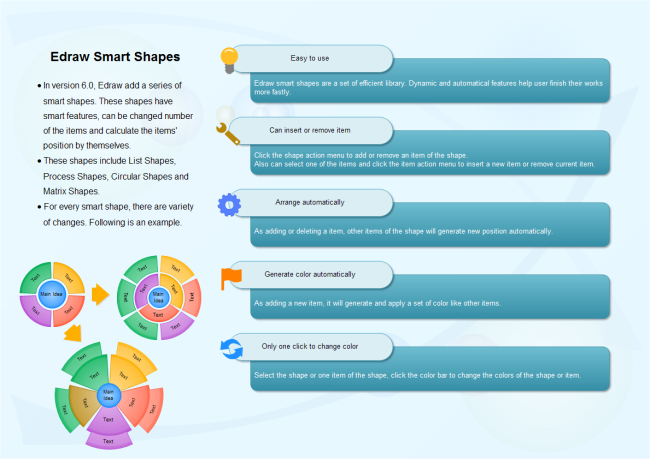



Free Scenario Planning Examples Download




The Uncertainty Cube Can Help Business Leaders Project Meaningful Scenarios For Post Covid Planning Mckinsey
DOWNLOADS This episode of the Inside the Strategy Room podcast features excerpts from an address that McKinsey senior partner Chris Bradley gave at our recent Global Business Leaders Forum He discusses the eight practical shifts that executive teams can make to move their strategy into high gear This is an edited transcript The McKinsey Three Horizons of Growth model can help to prevent a gap between what an organisation wants in the future and where it stands today This McKinsey Three Horizons of Growth model gives companies stepbystep insight into their growth and the achievement of their ultimate strategic goalThe History and Role of Scenario Planning and Analysis Strategic leaders use the information revealed by the application of PESTEL analysis, global dimensions, and CAGE analysis to uncover what the traditional SWOT framework calls opportunities and threatsA SWOT (strengths, weaknesses, opportunities, and threats) A strategic management tool that helps an organization




Scenario Planning A Practical Explanation With Examples
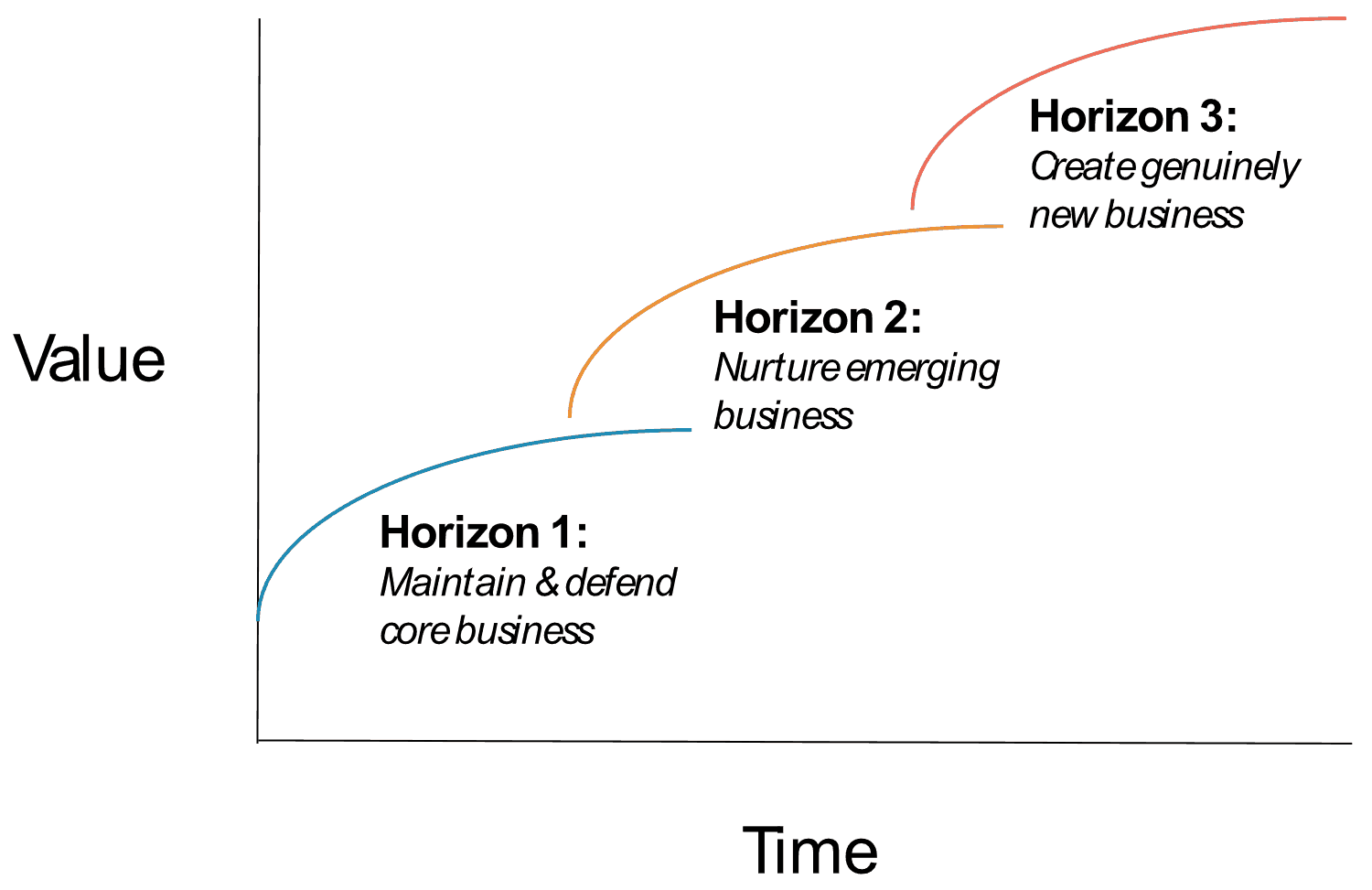



Strategic Planning Frameworks And Models Smartsheet




Strategic Planning Process Key Frameworks And Tools 79 Slide Powerpoint Flevy




A Digital Strategy Framework Mckinsey Saeta Capital




From Scenario Planning To Stress Testing The Next Step For Energy Companies Mckinsey




Scenario Based Cash Planning In A Crisis Mckinsey



Mckinsey S Note To Clients On Coronavirus Pandemic Response




From Scenario Planning To Stress Testing The Next Step For Energy Companies Mckinsey




Mckinsey 7 S Framework Strategy Template Eloquens
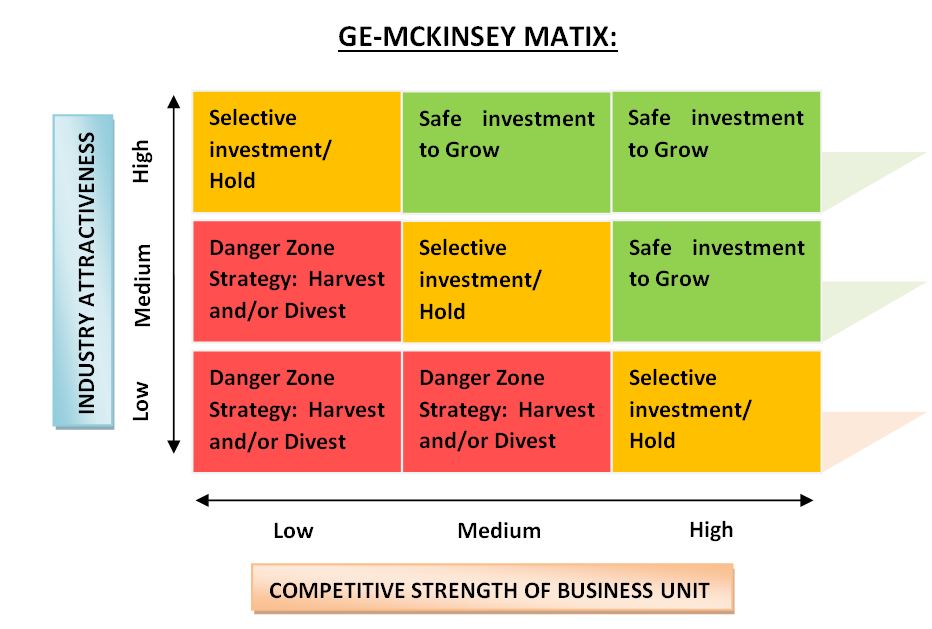



Ge Mckinsey Matrix With Examples Studiousguy




Plan Ahead Teams Getting Ahead Of The Next Stage Of The Crisis Mckinsey
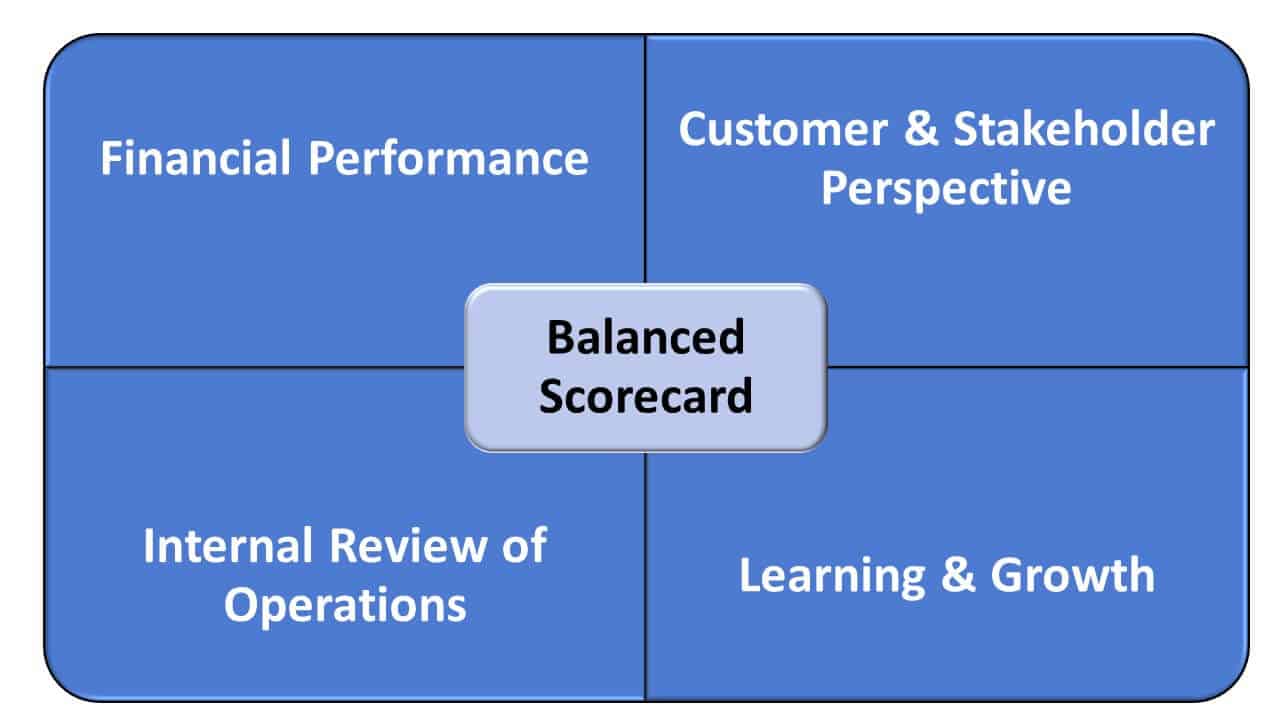



Strategic Planning Frameworks And Models Smartsheet



Mckinsey 7s Framework Strategy Sticky Notes With Icons Powerpoint Slide Template Presentation Templates Ppt Layout Presentation Deck



Mckinsey S Note To Clients On Coronavirus Pandemic Response




The Mckinsey 7 S Framework
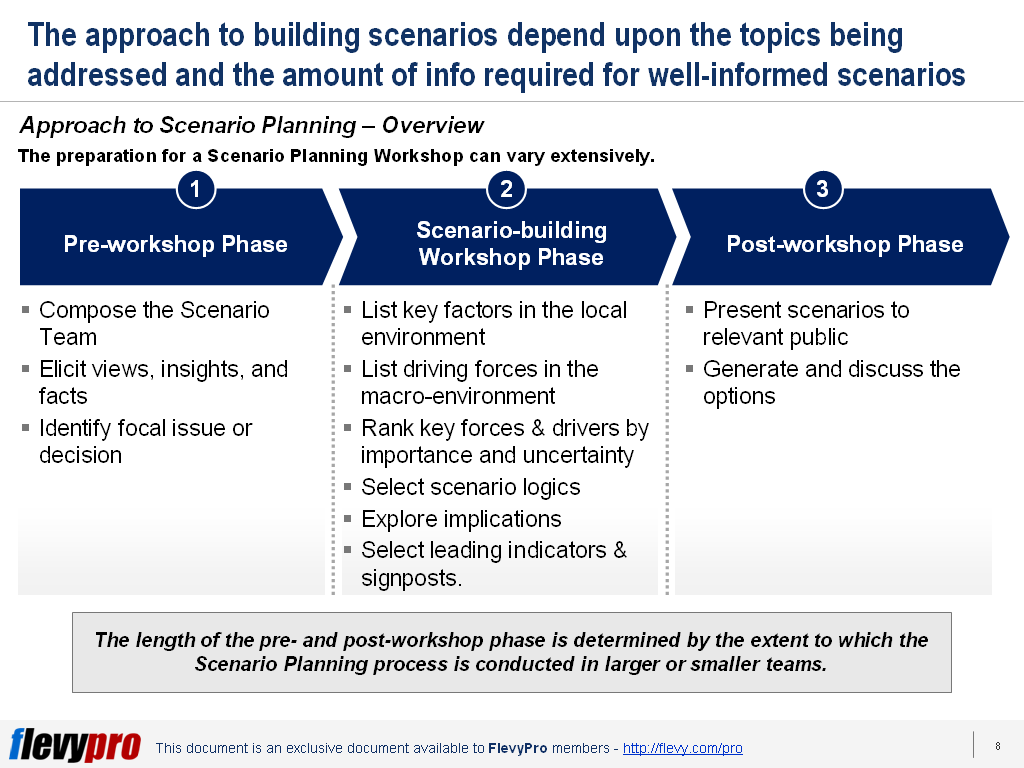



Scenario Planning A Workshop Consulting Approach When The Future Needs To Be Different Flevy Com Blog




Higher Education Response To Coronavirus Pandemic A Summary Of An Article By Mckinsey




Ron Dimon How To Plan Overcoming Obstacles Scenarios
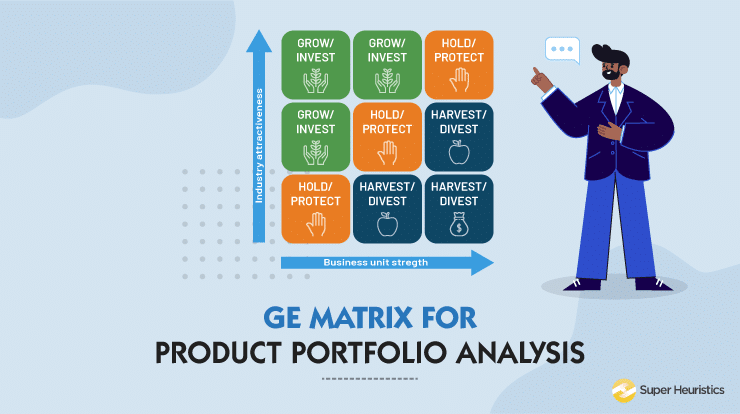



Ge Matrix For Product Portfolio Analysis Super Heuristics




Scenario Planning A Cornerstone Of Fp A In The World Of Covid 19 Apliqo




Mckinsey 7s Strategic Management Powerpoint Presentation Mckinsey 7s Strategic Management Presentation Mckinsey 7s Strategic Management Ppt



Mckinsey S Note To Clients On Coronavirus Pandemic Response




Plan Ahead Teams Getting Ahead Of The Next Stage Of The Crisis Mckinsey




A Mckinsey Framework Of Four Levels Of Uncertainty Can Be Helpful To Select The Right Set Of Strategi Competitive Intelligence Business Analysis Strategy Tools




Enduring Ideas Classic Mckinsey Frameworks That Continue To Inform Management Thinking Mckinsey




Mckinsey 7s Framework Style Skills Systems Structure Powerpoint Slide Presentation Sample Slide Ppt Template Presentation
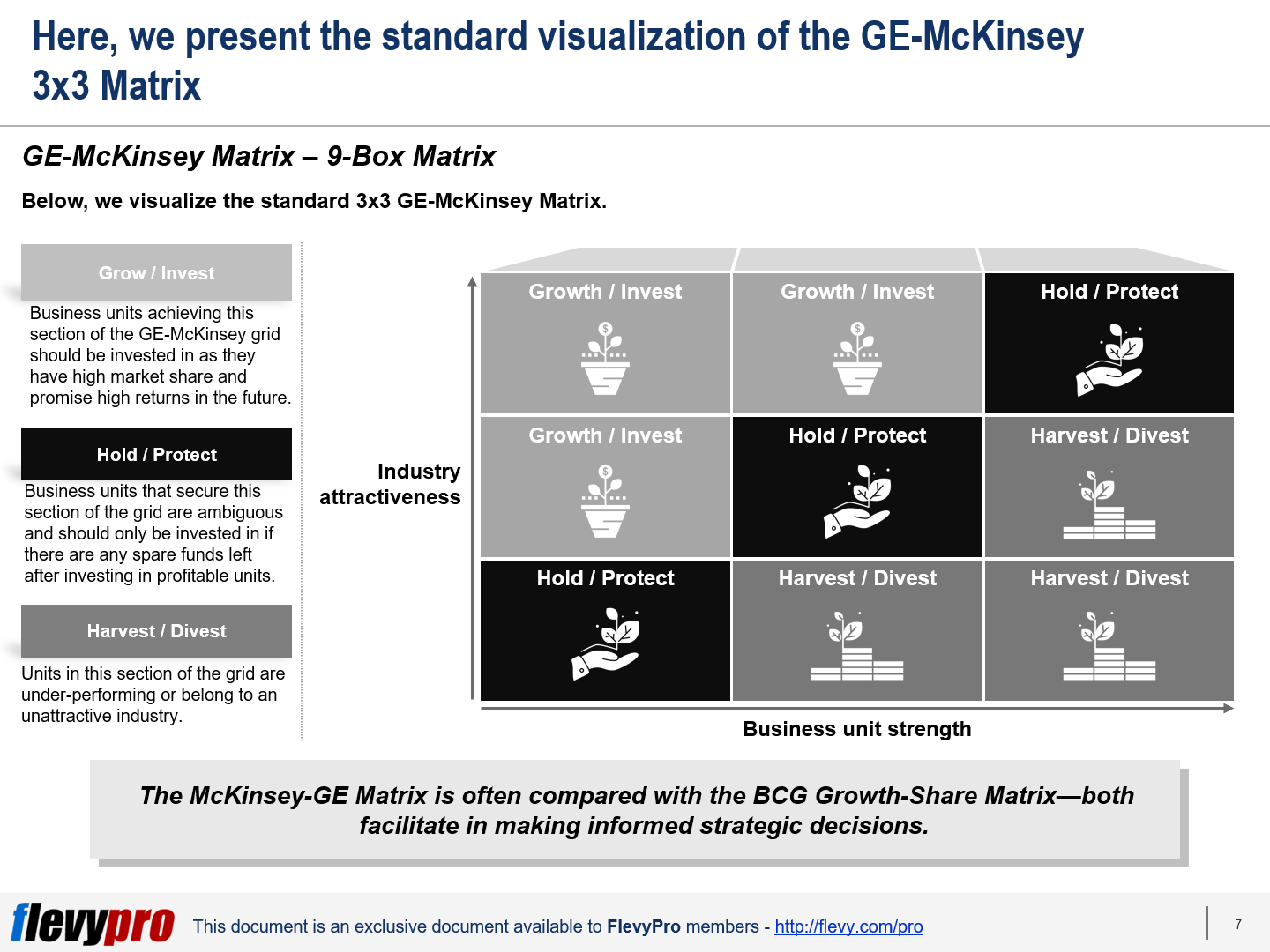



Ge Mckinsey Matrix A Strategic Business Portfolio Investment Analysis Tool Flevy Com Blog




Strategic Frameworks Tools



3




Ge Mckinsey Matrix Explained With Helpful Real Examples




Big Data Capabilities In Healthcare Source Mckinsey Big Data Value Download Scientific Diagram




Mckinsey 7 S Model Google 搜尋 Framework Business Process Management Strategic Planning Template




Scenario Planning Mini Course Teigland



How To Use The Mckinsey 7s Model In Marketing Smart Insights




Strategic Planning Models 3 Awesome Examples




Scenario Planning Framework




Portfolio Planning Models For Corporate Strategic Planning Viewpoints Which Matter
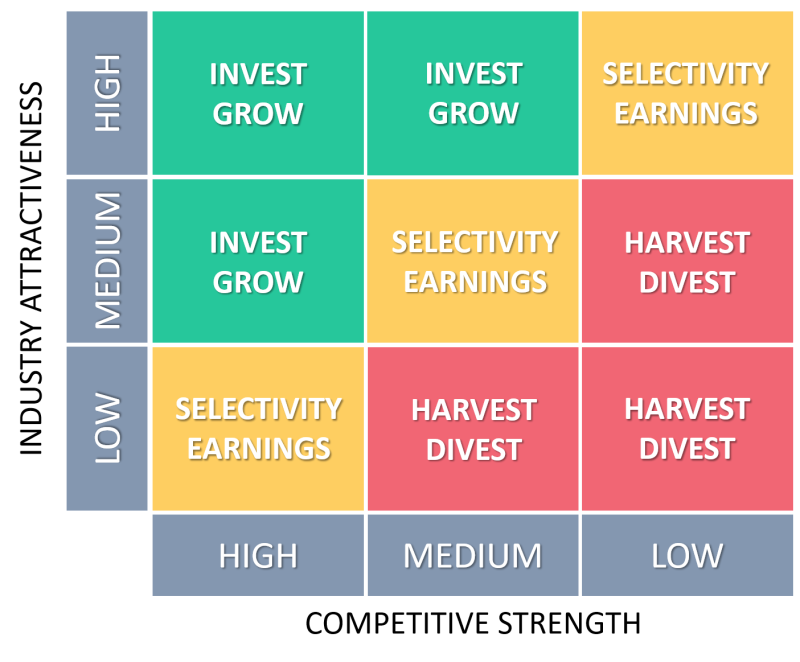



Think Insights Ge Mckinsey Matrix




Starting A Strategy Consulting Firm Ex Mckinsey g Bain Deloitte Etc




Overcoming Obstacles To Effective Scenario Planning Mckinsey
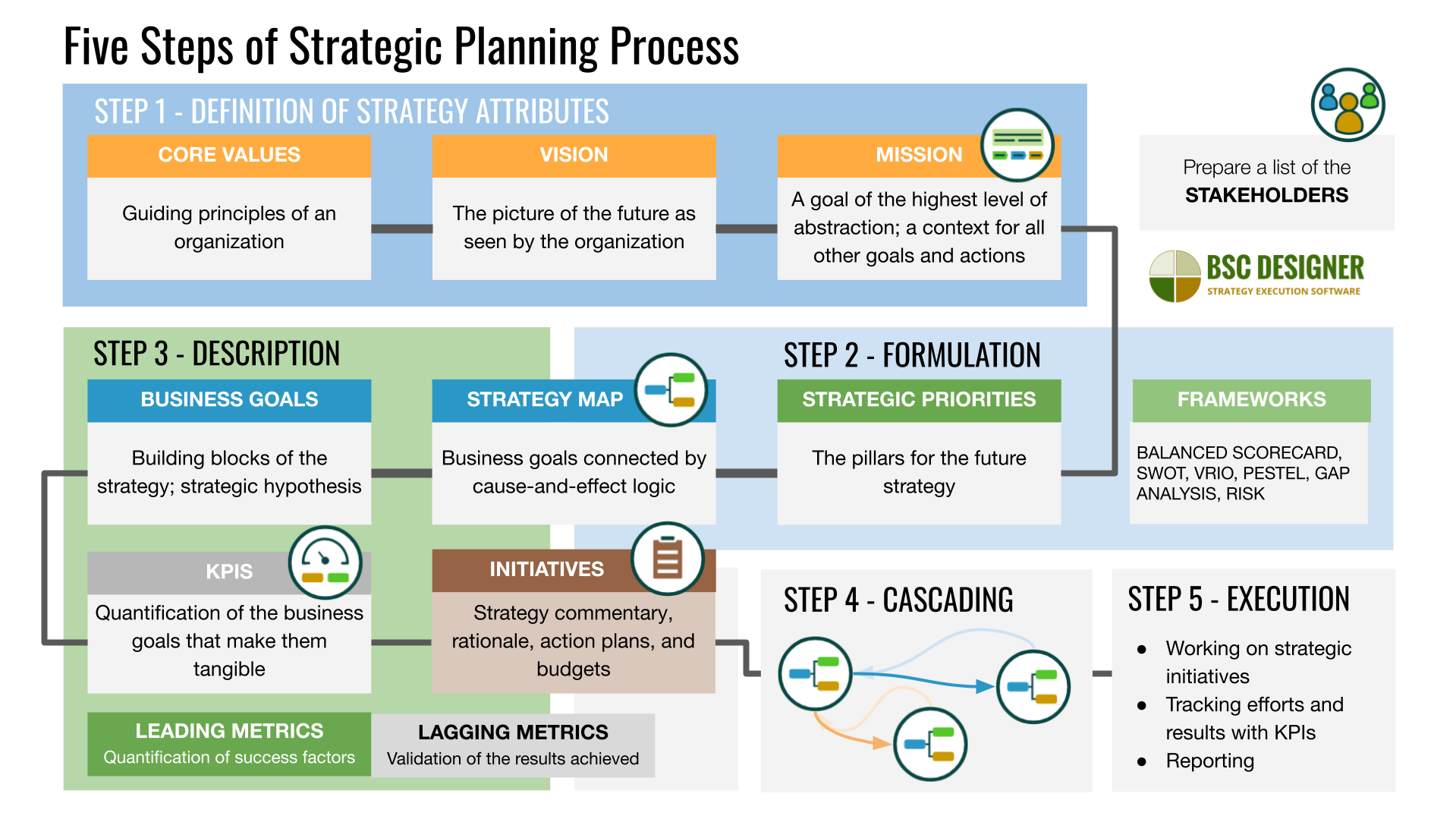



Strategic Planning Models And Frameworks
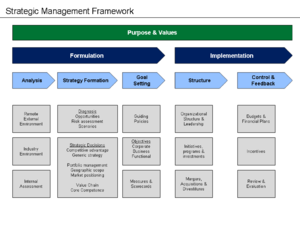



Strategic Planning Wikipedia
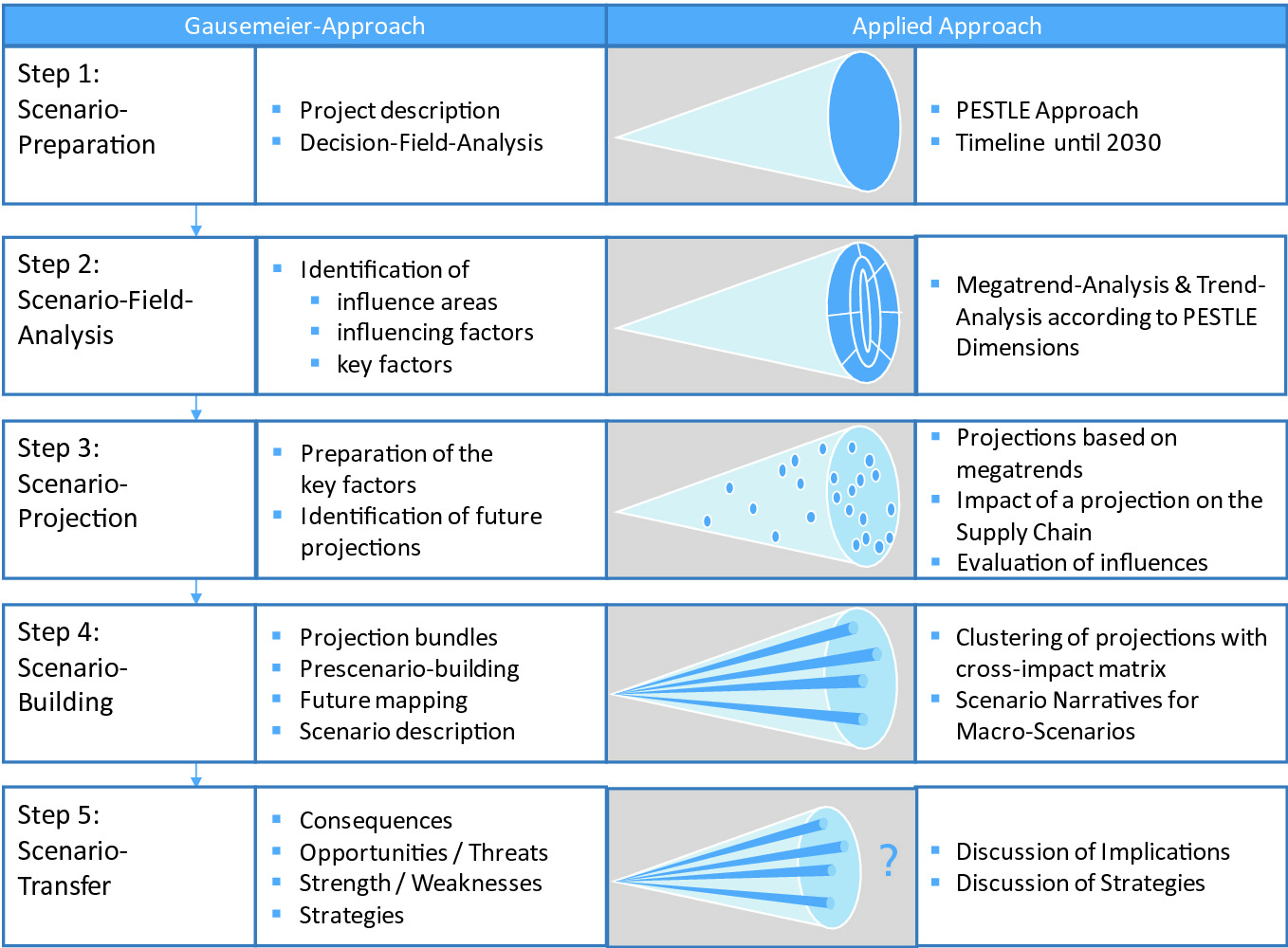



A Methodology For Future Scenario Planning Springerlink




Plan Ahead Teams Getting Ahead Of The Next Stage Of The Crisis Mckinsey




Scenario Planning Primer 27 Slide Powerpoint Flevypro Document Flevy




Product Portfolio Management Framework With Examples



1




The Uncertainty Cube Can Help Business Leaders Project Meaningful Scenarios For Post Covid Planning Mckinsey




Ge Mckinsey Matrix Explained With Examples B2u
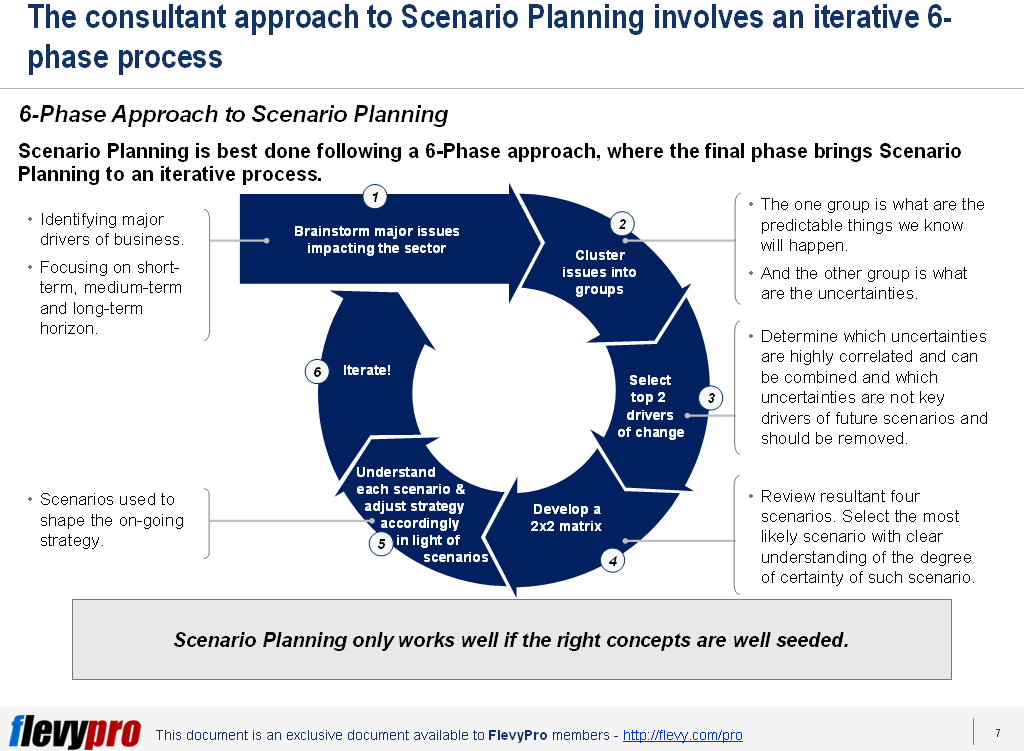



Scenario Planning For Consultants Strategizing The Uncertainties Flevy Com Blog




Overcoming Obstacles To Effective Scenario Planning Mckinsey



Blog Munich Business School




Amazon Com Scenario Planning For Consultants Business Presentation Flevypro Frameworks Ebook Library Flevypro Kindle Store
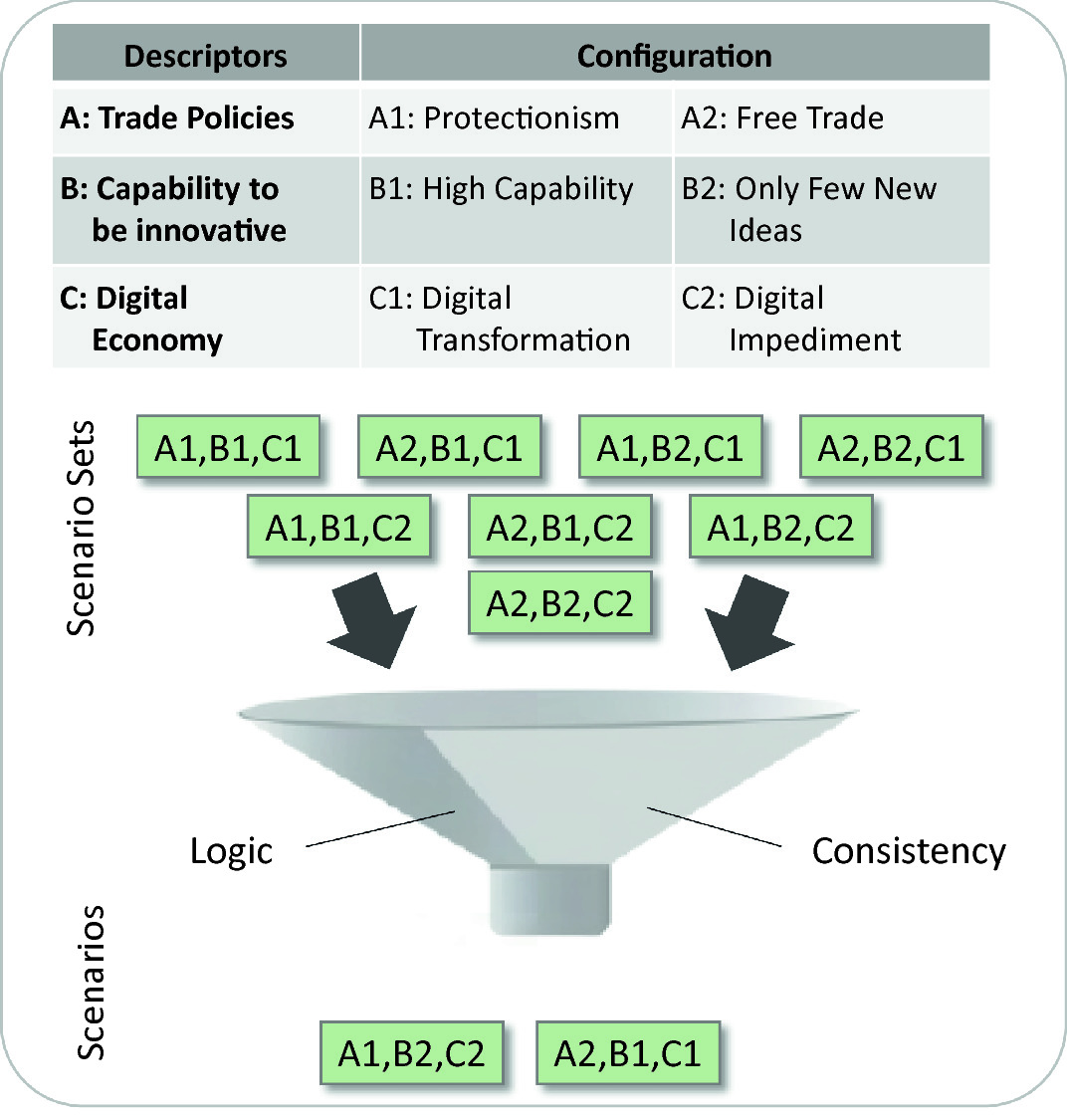



A Methodology For Future Scenario Planning Springerlink
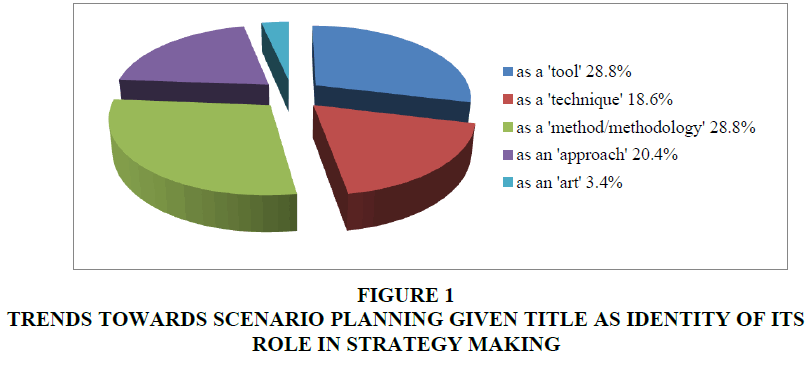



Rethinking Scenario Planning Potential Role In Strategy Making And Innovation A Conceptual Framework Based On Examining Trends Towards Scenarios And Firms Strategy




Covid 19 Scenarios For Dmo Consideration And Strategy
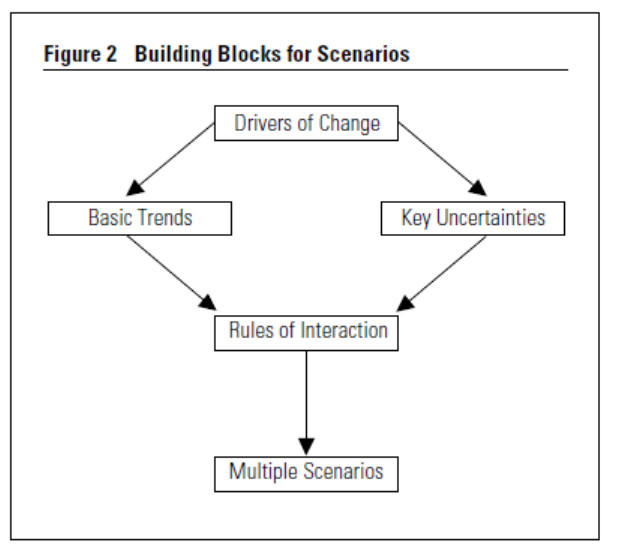



Scenarios To Bound Uncertainty At A Glance Crisis Series




What Is Scenario Planning And How To Use It




A Hybrid Scenario Planning Methodology For Interactive Digital Media Sciencedirect



Strategic Planning Frameworks And Models Smartsheet
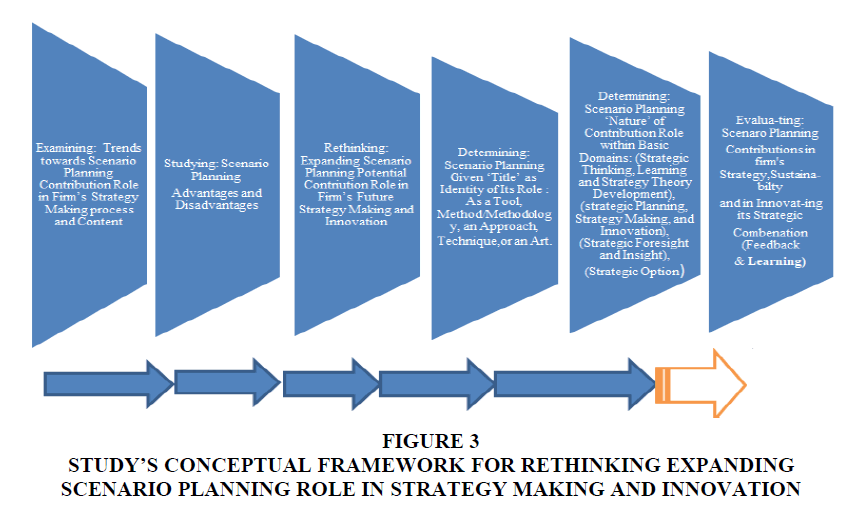



Rethinking Scenario Planning Potential Role In Strategy Making And Innovation A Conceptual Framework Based On Examining Trends Towards Scenarios And Firms Strategy




Practical Scenario Planning Etc Co Uk
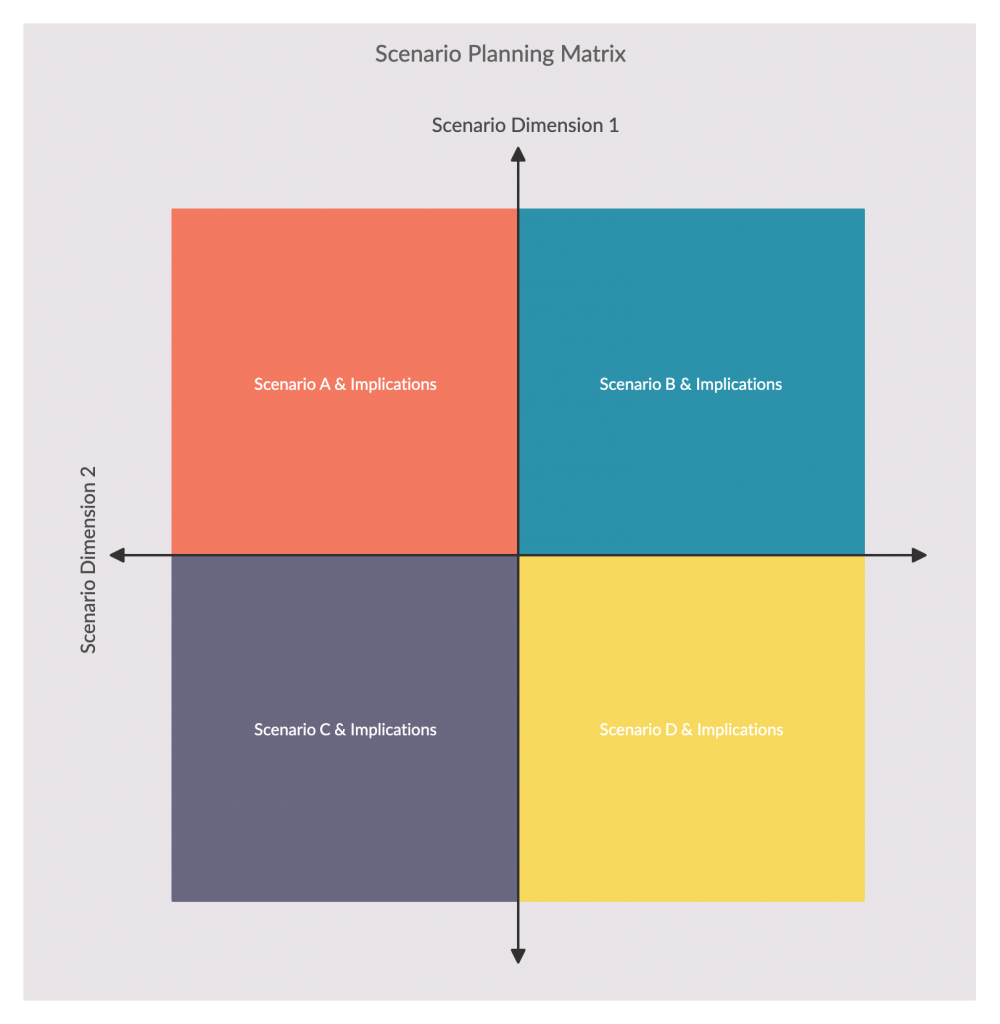



The Top 7 Strategy Frameworks For Businesses With Editable Templates
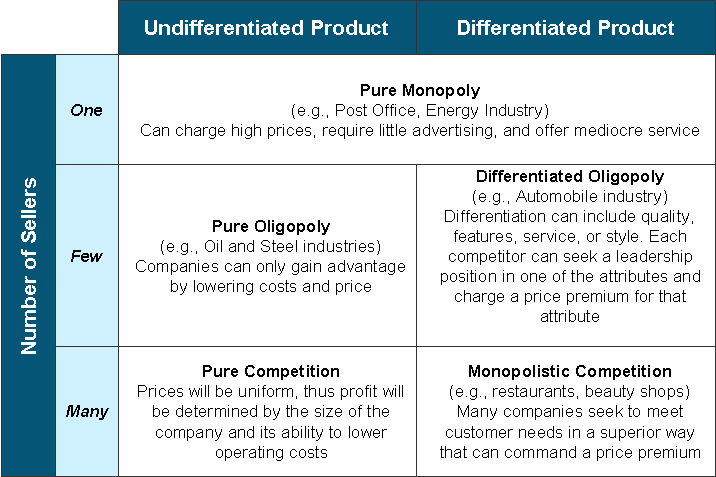



Strategic Planning With Porter S Five Forces



Top 10 Frameworks You Have To Know To Develop A Successful Strategy




Strategy Under Uncertainty
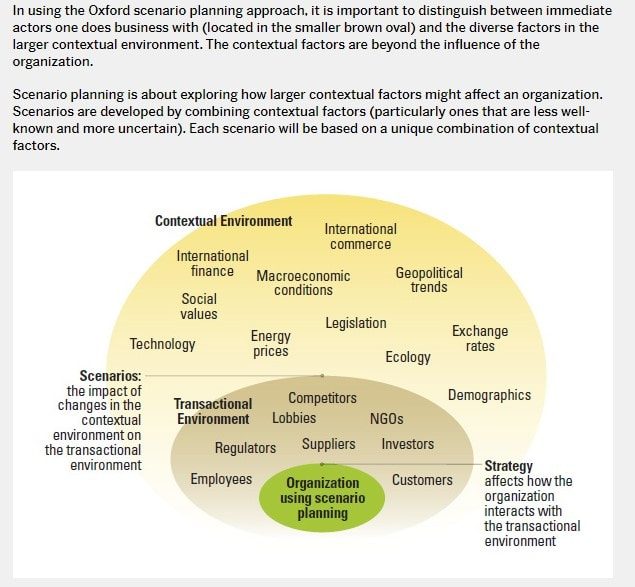



How To Consider The What Ifs In Times Of Uncertainty Scenario Planning




Leadership Why Investing In Supply Chain Resilience Pays Off Fortune




Plan Ahead Teams Getting Ahead Of The Next Stage Of The Crisis Mckinsey
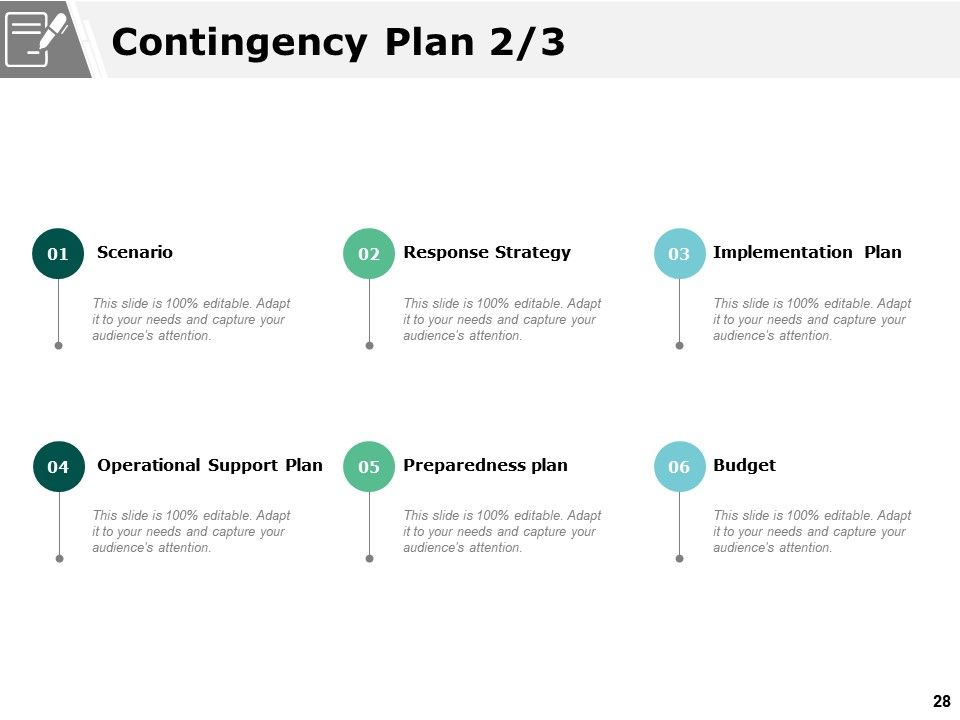



Scenario Planning Powerpoint Presentation Slides Powerpoint Presentation Images Templates Ppt Slide Templates For Presentation




How To Plan For The Future Covid 19 And Beyond Venn Innovation




Scenario Planning Mapping Online Software Tools Templates




Pdf A Scenario Analysis Of Augmented Reality In Retail Semantic Scholar




Getting To Your Next Normal Crisis Era Capabilities Series Summary




Scenario Planning Example How To Plan Scenarios Business Analysis
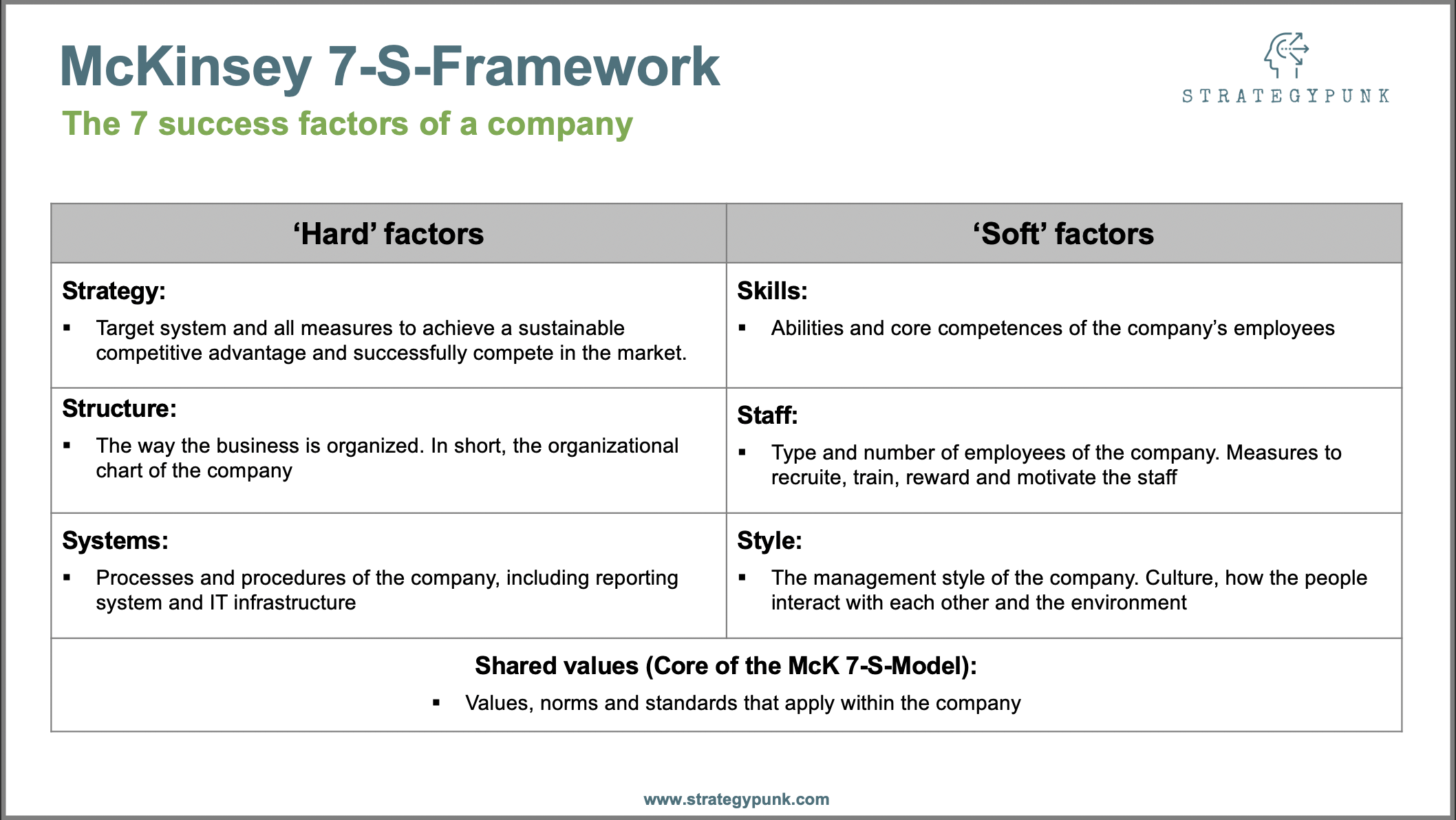



Mckinsey 7 S Framework Powerpoint Template Eloquens



1
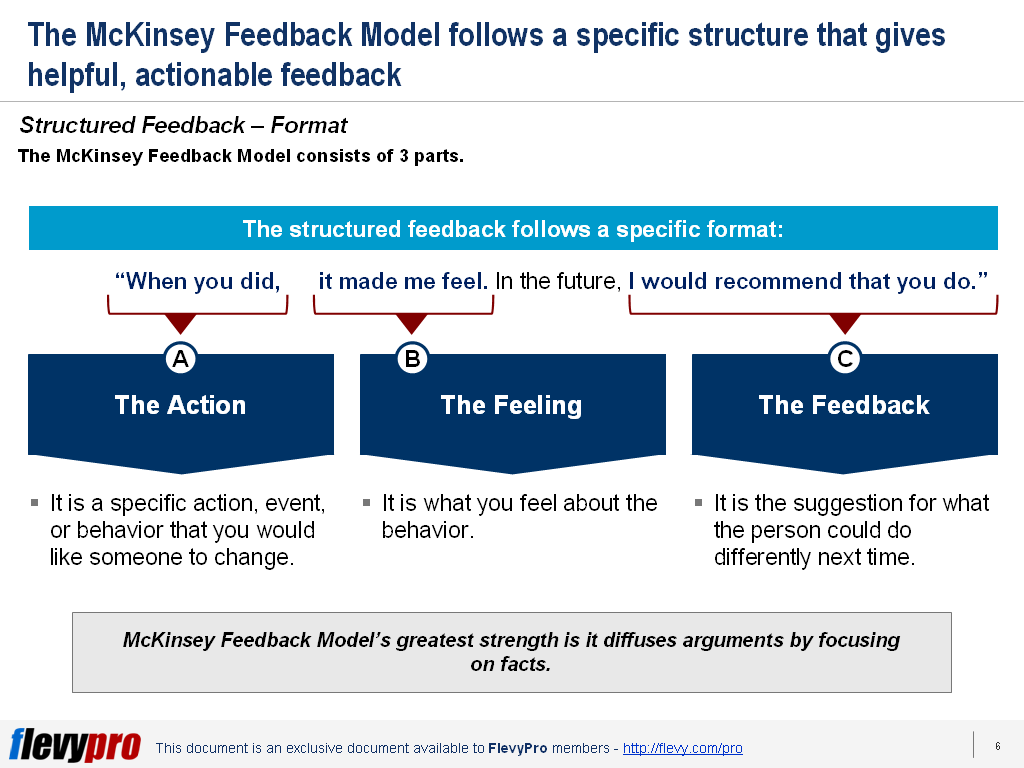



Feedback Is The Breakfast Of Champions Understanding The Mckinsey Feedback Model Flevy Com Blog




The Uncertainty Cube Can Help Business Leaders Project Meaningful Scenarios For Post Covid Planning Mckinsey




Pdf Rethinking Scenario Planning Potential Role In Strategy Making And Innovation A Conceptual Framework Based On Examining Trends Towards Scenarios And Firm S Strategy




Scenario Planning In Action




Mckinsey 7 S Framework Powerpoint Template Eloquens
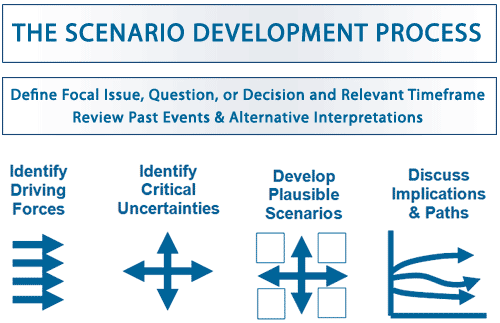



What Is Scenario Planning And How To Use It




Scenario Planning A Practical Explanation With Examples


